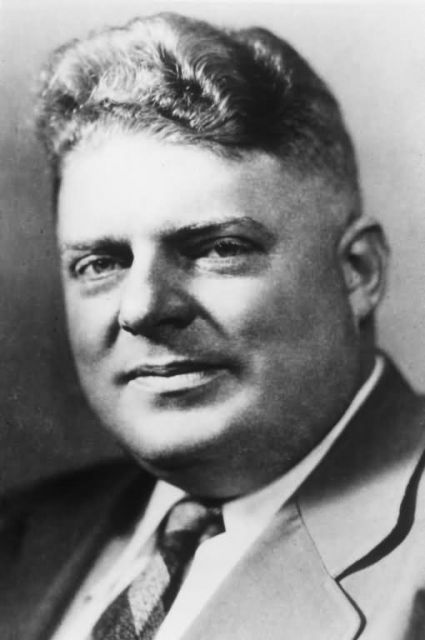If President Theodore Roosevelt created the first units of the National Wildlife Refuge System, J. Clark Salyer II (1902 - 1966) shaped it into the comprehensive network of public lands we know today. As chief of the U.S. Fish and Wildlife Serviceââ¬â¢s division of wildlife refuges from 1934 to 1961, Salyer moved aggressively to secure prime duck nesting grounds in the pothole region of the1930’s Dust Bowl Midwest, organizing previously isolated and disjointed individual refuge units or available habitat into a more systematic strings of refuges spotted along key waterfowl flyways and water courses. ââ¬ÅClark Salyer was the salvation of the duck restoration program of 1934-36. He did most of the work for which I was given credit and awarded medals,ââ¬Â said J.N. ââ¬ÅDingââ¬Â Darling, first director of the Biological Survey, forerunner to todayââ¬â¢s U.S. Fish and Wildlife Service. ââ¬ÅWhen he came to Washington, there was already a sort of very limited refuge program,ââ¬Â recalls one refuge system veteran. ââ¬ÅSalyer started in right away reviewing all of these plans that had been accumulated by (President Franklin Rooseveltââ¬â¢s) ‘duck committee’. Then he got into an automobile and started out over the country to see these projects for himself. His travels are just nothing short of a miracle. He drove practically every foot of the way. He would direct that (land) be acquired; all of the land acquisition was still done by our realty office, but they never quite adjusted to his style of action.ââ¬Â J. Clark Salyer National Wildlife Refuge in North Dakota was acquired in 1935 and named for this titan of the refuge systemââ¬â¢s growth era during the New Deal.
Hide.










